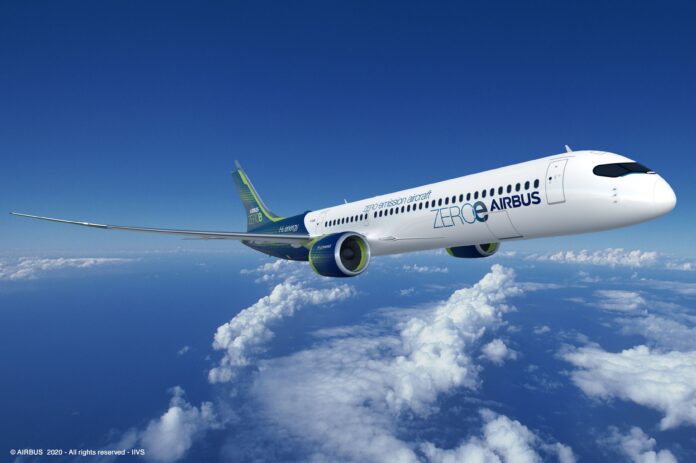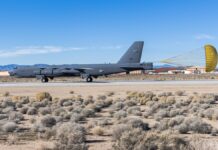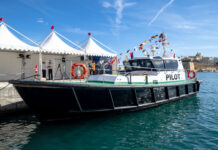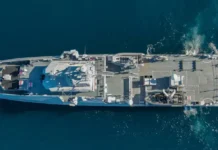Airbus, Air Liquide and VINCI Airports, three major players in the aviation, hydrogen and airport industries, are working together to promote the use of hydrogen at airports and build the European airport network to accommodate future hydrogen aircrafts. The airport of Lyon-Saint Exupéry (France) will host the first installations as early as 2023. This partnership reflects the three groups’ shared ambition to combine their respective expertise to support the decarbonization of air travel.
Lyon-Saint Exupéry Airport (VINCI Airports’ center of excellence for innovation) has been chosen as the pilot airport by the partners. The implementation of this project includes several phases:
- From 2023: deployment of a hydrogen gas distribution station at Lyon-Saint Exupéry airport. This station will supply both the airport’s ground vehicles (buses, trucks, handling equipment, etc.) and those of its partners, as well as the heavy goods vehicles that drive around the airport. This first phase is essential to test the airport’s facilities and dynamics as a “hydrogen hub” in its area of reach.
- Between 2023 and 2030: deployment of liquid hydrogen infrastructures that will allow hydrogen to be provisioned into the tanks of future aircraft.
- Beyond 2030: deployment of the hydrogen infrastructure from production to mass distribution of liquid hydrogen at the airport.
By 2030, the three partners will study the possibility of equipping VINCI Airports’ European airport network with the hydrogen production, storage and supply facilities needed for use on the ground and on board aircraft.
This partnership illustrates the partners’ shared commitment to decarbonizing air travel and is a major step forward for the development of hydrogen across the airport ecosystem. It relies on the know-how of Airbus in commercial aircraft, on Air Liquide’s expertise in mastering the entire hydrogen value chain (production, liquefaction, storage and distribution) and on the global reach of VINCI Airports, the leading private airport operator with 45 airports in 12 countries, which will help create the desired network.













